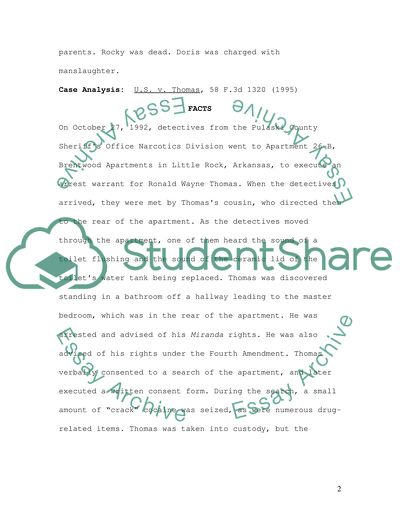Cite this document
(“Not Found (#404) - StudentShare”, n.d.)
Not Found (#404) - StudentShare. Retrieved from https://studentshare.org/law/1717042-essay-questions-evidence
Not Found (#404) - StudentShare. Retrieved from https://studentshare.org/law/1717042-essay-questions-evidence
(Not Found (#404) - StudentShare)
Not Found (#404) - StudentShare. https://studentshare.org/law/1717042-essay-questions-evidence.
Not Found (#404) - StudentShare. https://studentshare.org/law/1717042-essay-questions-evidence.
“Not Found (#404) - StudentShare”, n.d. https://studentshare.org/law/1717042-essay-questions-evidence.


